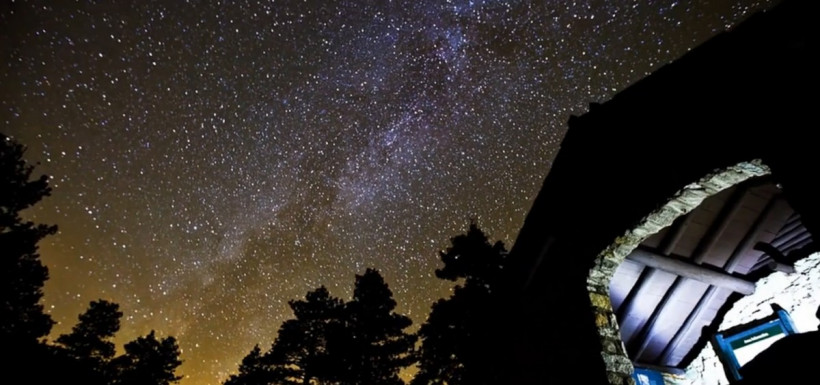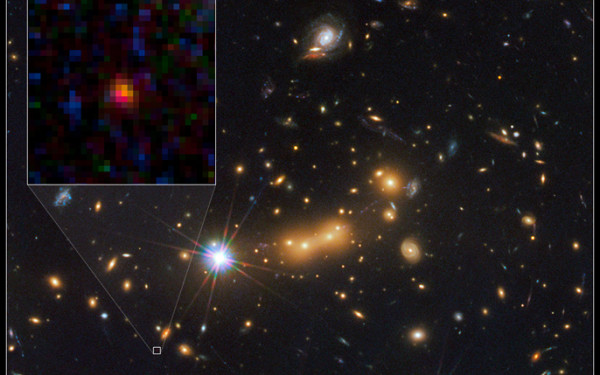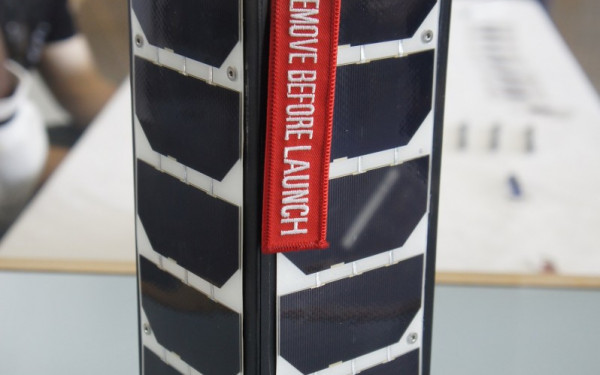Return of the BI/OG
And we’re back.
With almost two months between postings, it might have looked like the BI/OG had closed up shop. In truth, we felt like we needed some time apart—it’s not you, we promise, it’s us; we are hard to please, difficult to understand sometimes and very excited about pretty objects in the sky (but who isn’t, really).
After some soul searching, we’ve decided to make a few changes here at the BI/OG. Some of them are rather big—ambitious, even. We’ll be unveiling them over the next couple of weeks, so keep our URL handy and that finger on the refresh button.
First up this week, a new segment we’re calling mini paradigm shifts: small bites of news worth sharing.
Now that the craze has died down a little bit, we can look back and say with unadulterated honesty (not that we didn’t at the time) what was everybody thinking with this Harlem Shake business?
This craze—more crazy than phenomenon—appeared out of nowhere and took YouTube by storm.
But for those who weren’t convinced to go spastic en masse, what was the appeal? Well, according to Josh Constine over at Tech Crunch, the simplistic dance formula is too tantalizing for the uncreative.
To begin with, Constine breaks down the math for us, like so:
[14T x (A1 + V1)] => Δ => [14T x (A2 + V2)] => [2T x (A3+V3)]
Or, to simplify: 14 seconds of build-up music with one person dancing passively on screen as others stand still around them, then the video cuts to 14 seconds of “bombastic dance music” played as the onlookers and original person bust some aggressive moves, and finishing with two seconds of slow-motion recapping of all the crazy.
Calling it a form of “symbiotic meme” (a term he made up for his Ph. D. dissertation), Constine says the easily-remixable format make its ever-growing audience more and more curious about the source of the viral video. This floods traffic back to the original or flagship version of the meme, he argues.
Whether this truly explains the popularity of the Harlem Shake craze—or is excusable for the dance’s continued existence—is still not clear.
Regardless, thank you Mr Constine for numbercrunching this questionable trend.
Partitioning over to the tech world: This year’s Mobile World Congress wrapped up today in Barcelona, without its usual hyped-up new product launches. But while we didn’t get treated to a Galaxy S4 from Samsung, there were some cool things being unveiled.
New screen materials were on display. One made of AL2O3, aka an aluminum oxide compound but better known as a sapphire was showcased on Apple iPhones. It is, apparently, two to three times stronger than current screen fixtures. Mozilla also finally unveiled their long-awaited mobile web browser “Firefox OS” to a crowd of 700 at the conference—though it apparently wasn’t the best new mobile OS in the eyes CNet’s review panel (click the jump to find out their pick—which happens to be mine too, if anyone’s interested).
And this week’s WTF moment comes to us from a recent idea presented at the latest meeting of the American Association for the Advancement of Science: the origins of alcohol consumption. While modern humans break down ethanol (the kind of alcohol in wine, beer, and so on) using alcohol dehydrogenase 4, or ADH4, our common ancestors with chimpanzees and gorillas used a less-evolved and potent version of the enzyme. Chemist Steven Benner of the Foundation for Applied Molecular Evolution in Gainesville, Fla. and his team have built compounds mirroring the enzyme, using estimates of its genetic code from up to 10 million years ago. From an evolutionary standpoint, they argue that early humanoid mammals developed a tolerance to ethanol in order to eat fruit fermenting on the ground, which is why orangutaans do not carry a honed ADH4.
Without accurate samples from the time period (which are scarce to say the least), the idea will remain just that—an idea. “This is cool work,” admitted Jeremy DeSilva, a biological anthropologist at Boston University, to Science News magazine. “We’ll be able to evaluate it with better evidence as we find more fossils from that time period.”
But where were we?
Getting back on track, an upcoming movie is looking for funding. Now, at face value that doesn’t seem that important, but the project is literally out of this world. Planetary Collective teamed up with everyone from poets and astronauts, physicists and storytellers, anthropologists and even Tibetan lamas to try and answer some of the most fundamental questions of humanhood. If that already sounds intriguing wait ‘til you see the cinematography.
What first drew me in to Continuum was the short released last year by the group (it’s embedded above). Being that “Overview” is it’s title, it deals with what has been refered to as—quaintly enough—the “overview effect.” Attributed first to Frank White in 1987, it is an experience based on the idea of looking back at the Earth from space that “transforms astronauts’ perspective of the planet and mankind’s place upon it,” as the producers put it. The astronauts describe being fundamentally humbled at the sight—and so was I, just from a video snapshot of what they’d really seen. Just that were enough to bring me on board (figuratively speaking, of course). Continuum pushes forward from “Overview” and brings the discussion closer to home. The project is seeking donations via kickstarter.org, an online platform that connects creative types with investors. With luck, the project will get off the ground and be released quite soon.
That’s it for the BI/OG this week. Here are some poignant words from Werner Heisenberg, my favourite of the fathers of quantum mechanics—because he’s always that predictable, am I right?
“Natural science, does not simply describe and explain nature; it is part of the interplay between nature and ourselves.”
—Werner Heisenberg
Bitted and spaced, and happy to be back,
Andrew Brennan
-Assistant News Editor


_600_832_s.png)



_600_375_90_s_c1.jpg)
